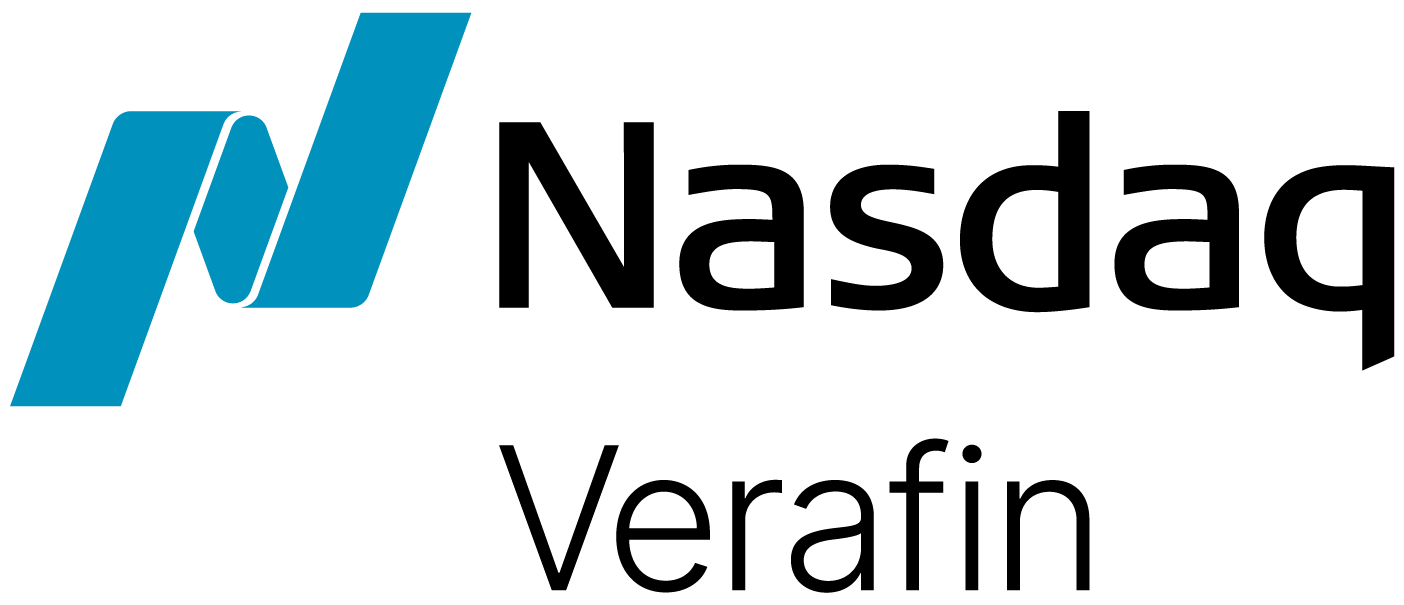Financial crime is a persistent threat as criminals continually adapt their methods to target the financial system. Today, financial crime crosses both institutions and borders, making it more difficult to detect and prevent fraud and money laundering.
This approach is working—financial crime is growing in scale and complexity and institutions are struggling to keep pace. A single institution with a siloed data set has limited visibility into customer activity and may be unable to understand counterparty risk beyond their institution. The limitations of siloed data pose one of the biggest barriers to individual institutions in the fight against financial crime, enabling criminals to successfully evade detection, circumvent controls, and mask the flow of funds.
A Unified Approach
The industry must adopt a unified approach that enables collective intelligence using standardized, consortium-level data to develop anti-financial crime analytics that provide a more complete picture of risk across the financial system.
Collaborative frameworks enable financial institutions to deploy solutions that leverage consortium data, shared intelligence or responsible information sharing technology in concert with each other to optimize their anti-financial crime efforts and gain comprehensive insight into customer activity.
Utilizing Frameworks for Collaboration
The industry must adopt data-driven, collaborative approaches that are essential to anti-financial crime programs, such as:
- Managed analytics developed based on a collective understanding of fraud and money laundering typologies; these shared analytical models are informed by industry-level data.
- Messaging Services that allow for secure information sharing services enabling private-to-private information sharing; Personally Identifiable Information (PII) related to financial crimes may be shared in jurisdictions where a regulatory safe harbor exists.
- Consortium Analytics that leverage a combined, anonymized data set from across networks of financial institutions—without shared PII—to identify financial crime risk.
- Regularly maintained Adverse Incidents data sets that enable analysis and alerting of high-risk incidents based on known risky events from across the industry.
- Collaborative Investigations allowing participants from across the industry to collaborate on joint, cross-institutional investigations through information sharing.
Moving Forward with Collaborative Frameworks
Verafin has supported collaboration and information sharing for 20 years, creating innovative solutions with consortium-level insights and collaborative frameworks to fight financial crime more effectively.
These collective intelligence approaches enable financial institutions to collaborate through varying means and gain more comprehensive insights into illicit activity. With cloud-based consortium data, financial institutions can utilize a variety of collaborative approaches, including consortium-level risk analysis and information sharing techniques, to solve complex financial crime challenges.
Using innovative technology, collaborative frameworks provide the collective insights necessary for banks to adopt a unified approach and protect the global financial system from evolving financial crime threats.



